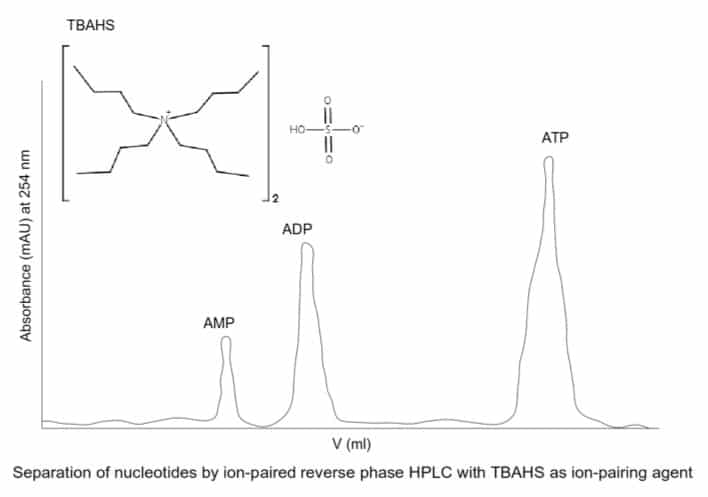Every lab has a culture, a vibe of its own. Nowhere does the distinct character of the lab become most apparent than the way in which the lab chooses to pour agar plates. You may have heard or been told to pour plates at some point in your lab career. These “plates” could be called anything from agar plates, to LB plates, to antibiotic containing plates….and like the smorgasbord of plates made in laboratory settings, there are infinite ways in which to pour said plates. Techniques change according to lab budget, desired plate sterility, and additions to the standard plate composition.
We’ve already covered how to make the perfect agar plate every time. This article is a great, detailed approach covering the three basic steps:
- Make the agar
- Pour the agar
- Dry the plate
This process gives you sterile agar plates. But sometimes you don’t need completely sterile plates. Sometimes the autoclave is full and you only need a few. If so, then some changes can be made to the protocol.
Here is a quick list of ways to pour for your plate needs. First I’ll review the proper way to pour sterile plates. Then I’ll tell you what to do when you work under less than ideal conditions.
Completely Sterile Agar Plates
Adapted from How to Make the Perfect Agar Plate Every Time.
- Measure out your agar and broth and place in a clean Erlenmeyer flask that measures twice the volume of the agar you are making. So, if you are making 200 mL, use a 400 mL flask.
- Add your desired volume of water to the flask using a graduate cylinder.
- If you have it, place a magnetic stir bar in the flask.
- Place foil over the top of the flask.
- Place autoclave tape on the foil.
- Autoclave for 25 minutes.
- Remove the flask using autoclave gloves. If you are using a stir bar, place the flask on a stir plate and stir gently.
- Prepare flow hood and plates using sterile technique.
- Once the flask is at room temperature, or close to it, add any desired antibiotics and move to the flow hood.
- Using sterile technique, lift the lid of the top plate at an angle and gently pour your desired volume. Cap the plate, lift it, and gently place in the back left of the flow hood, creating rows of capped plates as you go.
- Let the plates dry in the laminar flow hood, then either individually close each one with parafilm or place in sterile bags. Store at 4°C.
Non-Autoclaved Plates
Let’s say your autoclave breaks and you need agar plates in a flash. After going from lab to lab, begging for plates and coming up short, you’re still in a bind. Rather than autoclave, you can measure out your desired mass of agar, put it into a dry Erlenmeyer flask, add your water, and microwave it for 2-4 minutes, depending on the volume. Make sure you stop the microwave occasionally to prevent overflow.
Once the liquid is clear and fully bubbling, take it out of the microwave and pour your plates once the solution is cool enough.
Will this be sterile? No. If you need a sterile plate, should you do this? No.
Autoclaved Plates Poured on the Bench Top
Let’s say your laminar flow hood breaks, or is completely full. You’ve already autoclaved your media, it is ready to pour. What do you do? Under these circumstances, you can pour plates on your bench top.
First, clean your area using sterile technique, as you would a laminar flow hood. Wipe down the bench with ethanol. Open the bag of petri dishes in a sterile way. I open at the flap saying “open here,” turn the bag upside down on the bench, and slowly take the bag off the tower of unopened petri dishes. Divide the tower in two.
In the interest of trying to be as “sterile” as possible, pour from the bottom plate up. To do this, lift the plate lid slightly off the bottommost plate (subsequently lifting the entire tower with it), pour your desired volume, and then set the lid down. Repeat for the next bottommost plate. When you have filled every plate in the tower, leave the tower to dry. Within an hour the plates will be set, but leave the tower over night to get rid of most of the condensation. These can be stored in a sterile bag or individually closed with parafilm strips at 4°C.
Will these plates be completely sterile? No. If you need a sterile plate, should you do this? No.
The way you go about pouring your plates is entirely up to you and your needs! Just like there is more than one way to mop a floor, there is more than one way to do every step of the plate pouring process. Consider why you need the plate, what you need it to functionally do, your situation, and go from there.






